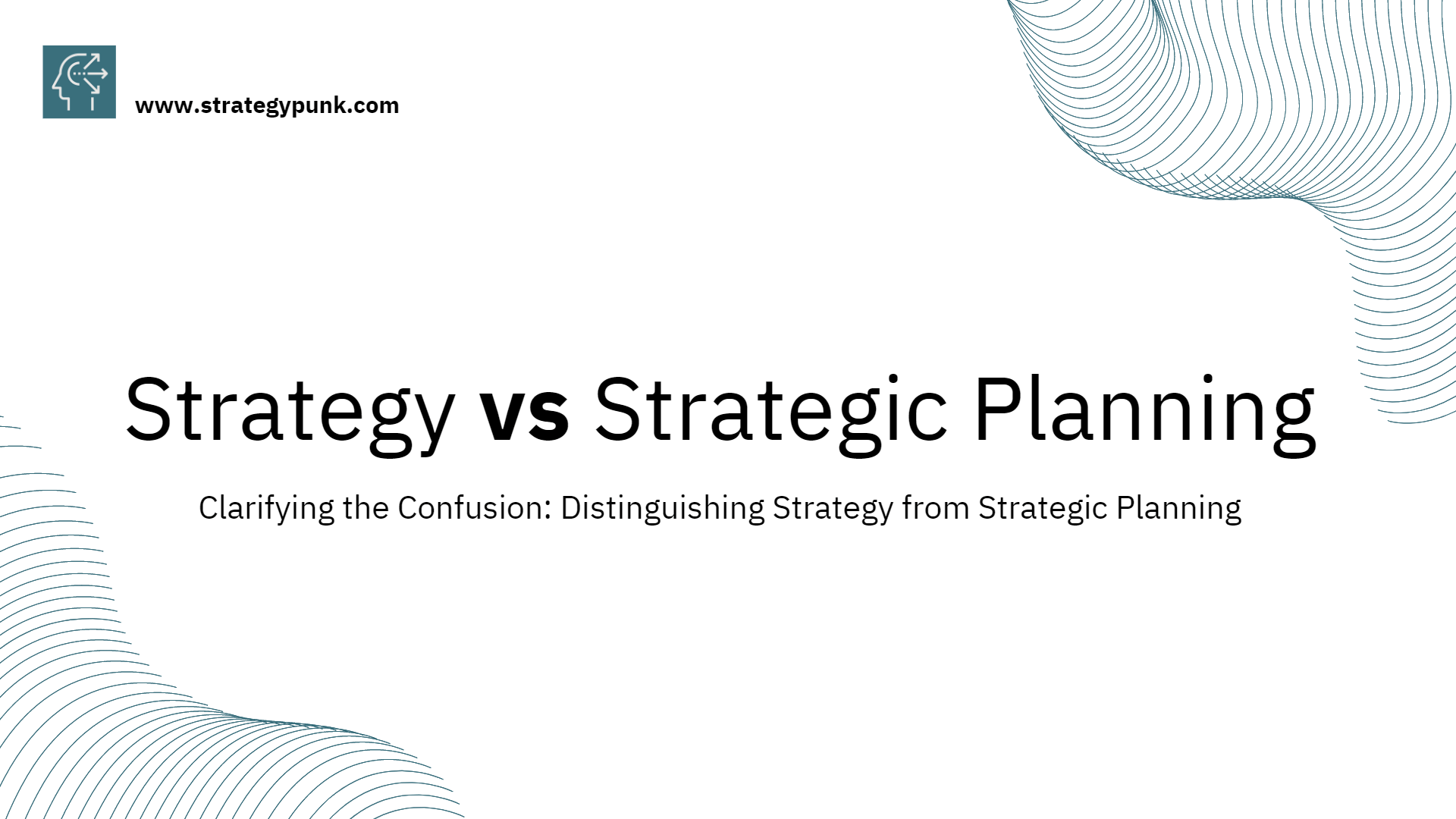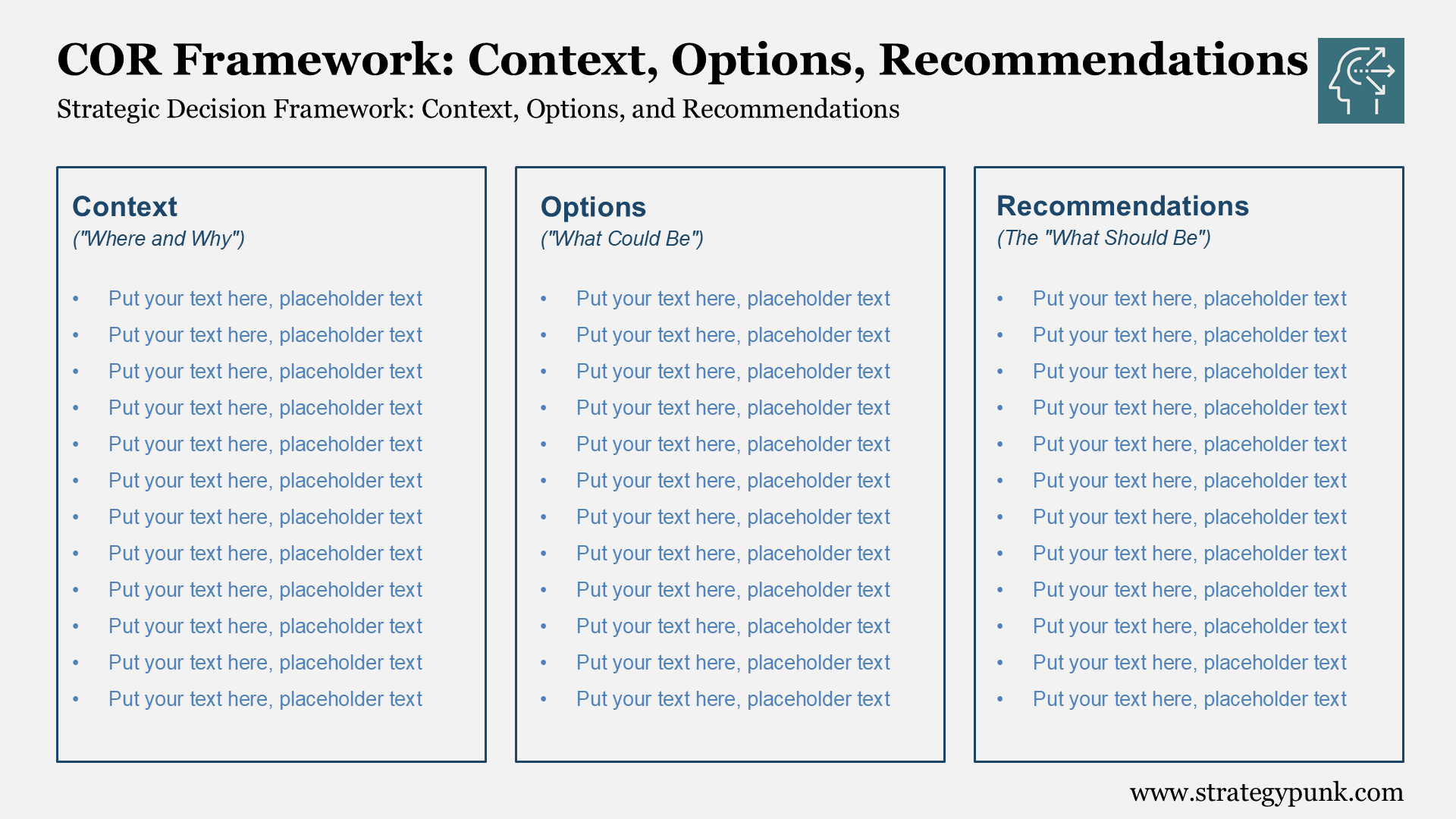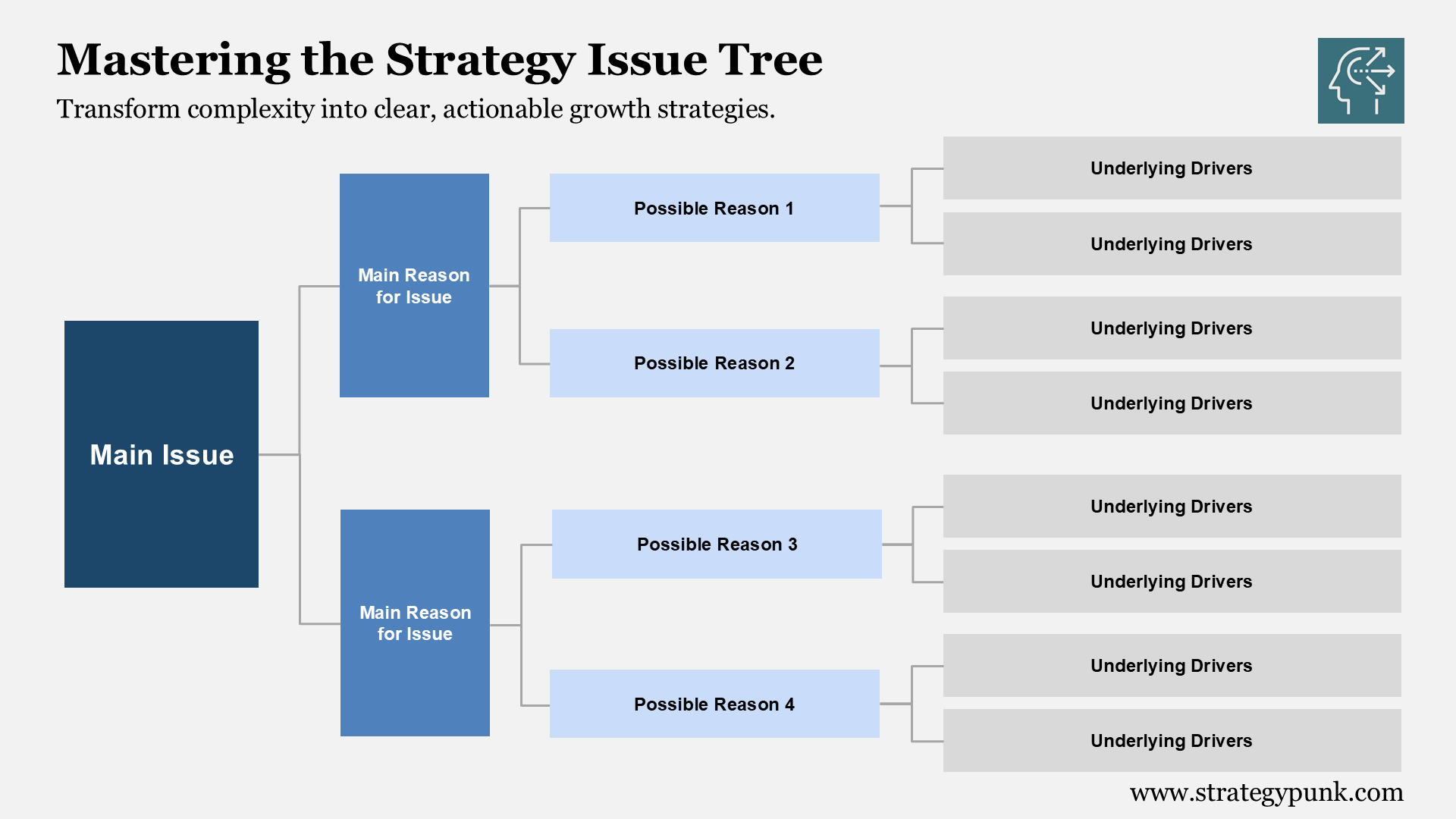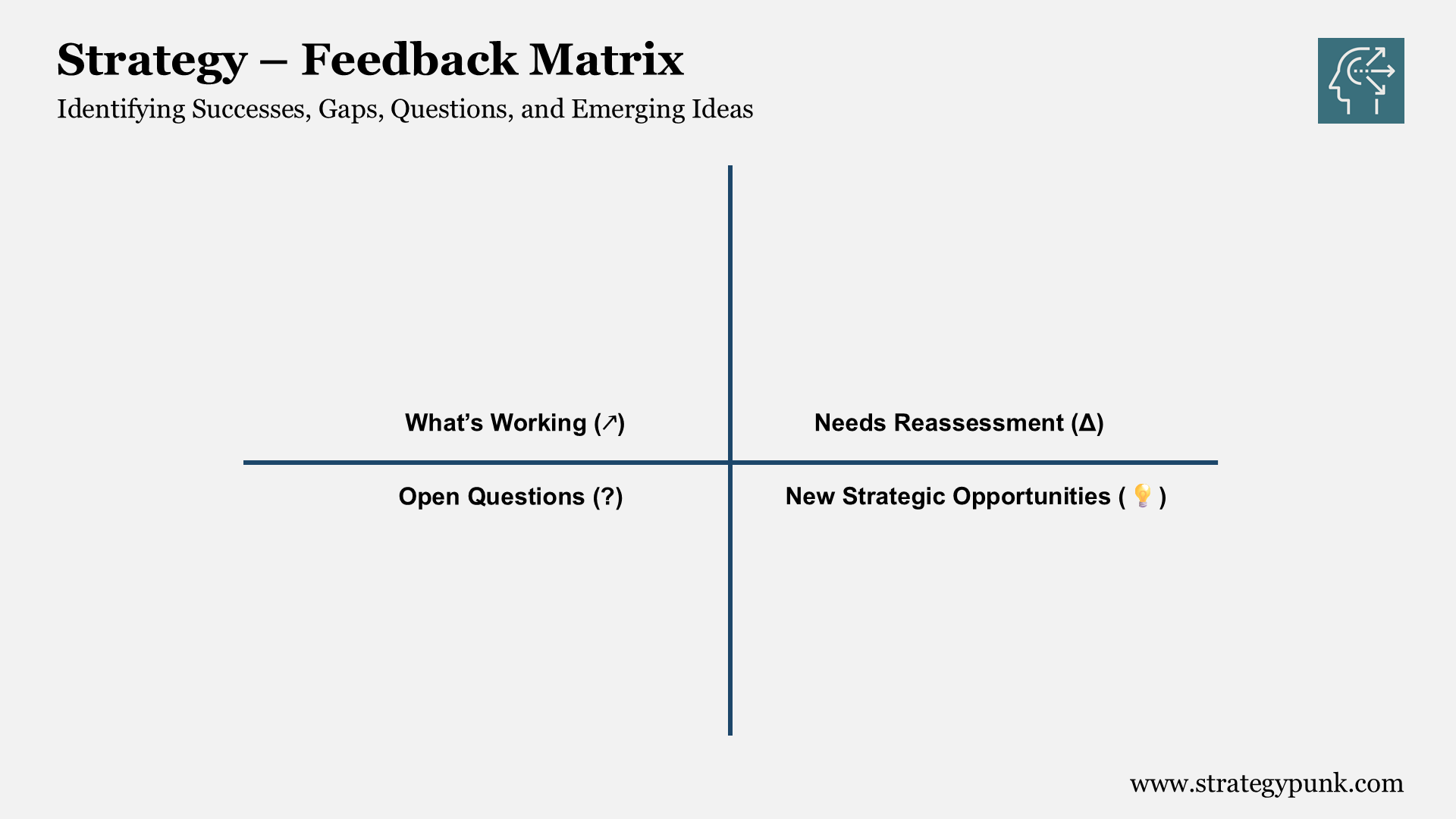Why Strategic Planning Feels Like a Waste of Time: A Surprising Truth
Strategic planning often feels fruitless, but when done right, it provides direction. Learn why it can feel pointless and how to make it valuable by avoiding common pitfalls.

Introduction
Many professionals may feel that strategic planning could save time in the fast-paced business world. After all, the unpredictable nature of markets and economic fluctuations often render even the best-laid plans obsolete. For some, the time and effort spent developing comprehensive strategies could be better spent on more immediate tasks that yield tangible results.
However, dismissing strategic planning as an unnecessary chore might be premature. When approached correctly, strategic planning can provide organizations with valuable insights and direction. Understanding the potential pitfalls and misconceptions surrounding this activity can help one appreciate its value.
To fully explore this topic, it's essential to recognize why some team members view strategic planning as fruitless. This will pave the way for a deeper comprehension of its importance and equip organizations to reap the benefits of a well-executed strategic plan.
Mistaking Planning For Strategy

One common reason strategic planning may feel like a waste of time is the need for clarity between planning and strategy. Planning is organizing resources and setting goals, while strategy refers to the overall direction and approach to achieving those goals.
Many organizations spend too much time on detailed planning without looking back to analyze and adjust their overarching strategy. This can lead to inefficiencies, as plans are built on flawed strategic foundations. Developing and refining a strategy properly will help guide decision-making throughout the planning process, providing a more straightforward path toward success.
Furthermore, organizations may need to avoid using a one-size-fits-all approach to strategic planning. Each organization is unique, with different strengths, weaknesses, and objectives. Therefore, the planning process must be customized to suit each organization's specific needs and circumstances.
To avoid mistaking planning for strategy, organizations must evaluate their strategic direction and continuously adapt their plans accordingly. This ensures that the planning process remains relevant and practical and promotes a culture of agility and innovation within the organization.
Lack Of Focus On Strategy
Many organizations must see the value of strategic planning because they must focus entirely on strategy. They invest significant time and resources into creating comprehensive plans but must catch up on the details. Consequently, they must pay more attention to how these plans should connect with and support their overarching goals and priorities.
Maintaining a balance between short-term objectives and long-term aspirations is crucial to avoid this issue. While it is essential to consider immediate concerns and address them, organizations must also have a clear vision of where they want to be. Regularly revisiting and reevaluating this vision can help ensure everyone is on the same page and working towards the same objectives.
Collaboration and open communication are critical in maintaining focus on the strategy. When everyone involved in the strategic planning process contributes their thoughts and ideas, it increases the likelihood of success. This collaborative approach can also prevent individuals or teams from becoming too focused on their specific tasks and losing sight of the overall strategic direction.
Prioritizing strategic initiatives is another vital aspect of avoiding a lack of focus. Identifying the most critical priorities and allocating resources to these projects will help organizations stay on track and move forward, even if they face challenges. This approach also helps prevent the company from being spread too thin and losing sight of its strategic focus.
In summary, maintaining a clear focus on strategy is essential for strategic planning to be effective. Emphasizing collaboration, open communication, and prioritizing initiatives can help organizations avoid becoming bogged down in the minutiae of planning and ensure their strategic plans deliver tangible results.
Lack Of Execution
Strategic planning often feels like a waste of time due to a lack of execution. When organizations create ambitious plans but fail to follow through with concrete actions, it can result in disappointment and frustration among team members.
One reason for poor execution is an unclear definition of responsibilities. Companies must ensure that each stakeholder knows their role and the tasks they are expected to complete. Otherwise, this confusion can lead to miscommunications, activity overlap, and potentially even delays or missed deadlines.
Another factor contributing to the need for more execution is inadequate resources. Sometimes, organizations need to allocate the necessary tools, time, or financial resources to support the implementation of their strategic plans. In these situations, employees may become disillusioned, believing that the planning process was just for show or that little value is placed on their contributions.
Additionally, organizations should regularly monitor progress and enforce accountability. By measuring achievements against the initial plan and milestones, companies can identify potential risks and roadblocks early on and take corrective action before derailments occur. This proactive approach helps maintain momentum and encourages employees to remain committed to the strategic vision.
In summary, more execution is needed to make strategic planning feel like a good use of time. To overcome this challenge, organizations must clarify roles and responsibilities, allocate sufficient resources, and consistently assess progress to ensure their strategic plans come to fruition.
Excessively Academic Exercise

Strategic planning often feels like a waste of time because it can become an excessively academic exercise.
Many organizations treat it like a theoretical project, discussing abstract concepts and lengthy discussions with little practical relevance.
One reason for this is the need to emphasize the process rather than the goals and desired outcomes. Organizations spend too much time developing detailed plans, analyses, and documentation while losing sight of their decisions' real-world impact.
Another area for improvement is the ability to adapt strategic plans as circumstances change. Organizations may rigidly adhere to their original plans despite market shifts or priority adjustments, which can result in a feeling of wasted time and effort as the strategic plan becomes less relevant over time.
Strategic planning should be approached with a balance between theory and practicality to counter these issues. Establishing clear goals, maintaining flexibility, and prioritizing actionable steps will make the process feel more relevant and productive. Additionally, including various team members from different functions can provide diverse perspectives and ensure the decisions are grounded in reality.
In summary, avoiding an excessively academic approach to strategic planning will help organizations find more value and relevance in the process, ultimately leading to more informed decision-making and better outcomes.
Frequently Asked Questions
What are common mistakes in the strategic planning process?
Several things could be improved in the strategic planning process. These include a lack of clear objectives, poor communication, insufficient stakeholder involvement, and unrealistic expectations. Addressing these issues early on can help make the process more effective and efficient.
How can we make strategic planning more effective?
To make strategic planning more effective, organizations should set clear objectives, involve stakeholders, communicate effectively, and devote sufficient resources to the process. Regular reviews and updates of the plan can also help ensure that the organization stays on track and adapts to environmental changes.
What is the role of adaptability in strategic planning?
Adaptability is essential in strategic planning because it allows organizations to respond to changing circumstances and stay competitive. By incorporating flexibility and adaptability into the planning process, organizations can be more resilient and better prepared to face challenges and opportunities as they arise.
How can we overcome challenges in executing strategic plans?
Strong leadership, effective communication, and realistic expectations can overcome challenges in executing strategic plans. Monitoring and adjusting the plan as needed can also help ensure that the organization remains on track to achieve its objectives.
What are the critical elements of a successful strategic planning process?
The critical elements of a successful strategic planning process include clear objectives, stakeholder involvement, realistic expectations, effective communication, and adaptability. Organizations can create a solid foundation for long-term success by incorporating these elements.
How can we measure the success of our strategic planning efforts?
Measuring the success of strategic planning efforts can be done through various methods, including tracking key performance indicators (KPIs), monitoring progress toward goals, and conducting regular plan reviews. Organizations can adjust to optimize the process by evaluating the plan's success to ensure they continue moving toward their objectives.
What are some alternative approaches to strategic planning?
Several alternative approaches to strategic planning include scenario planning, agile planning, and lean strategy development. Each approach offers different advantages and disadvantages, depending on the organization's needs, resources, and preferences. Selecting the most appropriate approach for a specific organization requires careful consideration of these factors and understanding each approach's unique aspects.
Discover more
Dive into curated articles, resources, and intriguing links.
Strategic Planning with The Strategy Pyramid (Free Powerpoint)
The strategy pyramid is a framework that helps organizations align their actions with their overall vision and mission.

Clarifying the Confusion: Distinguishing Strategy from Strategic Planning (Plus PDF)
This is a comprehensive guide to understanding the key differences between strategy and strategic planning. The FREE PDF document delves into the concepts of strategy and planning.

SOAR Analysis Template: Enhance Your Strategic Planning
The SOAR Analysis template is a strategic planning tool emphasizing strengths, opportunities, aspirations, and results. Differentiate from SWOT analysis and envision a brighter future with our free PowerPoint template.







